Five German drinks to try this summer

There’s nothing quite like a cold drink on a hot summer’s day and the Germans know it well. That’s why they’ve got a variety of tasty alcoholic and non-alcoholic beverages to cool them down in the hottest months. Here are five you should try.
Summertime in Germany can get pretty hot, but thankfully there are plenty of popular drinks which can help you cool down, as well as tickle the tastebuds.
In Germany, fizzy water is wildly popular, so it's not surprising that Sprudel is a key ingredient in most of the drinks on this list.
Hugo
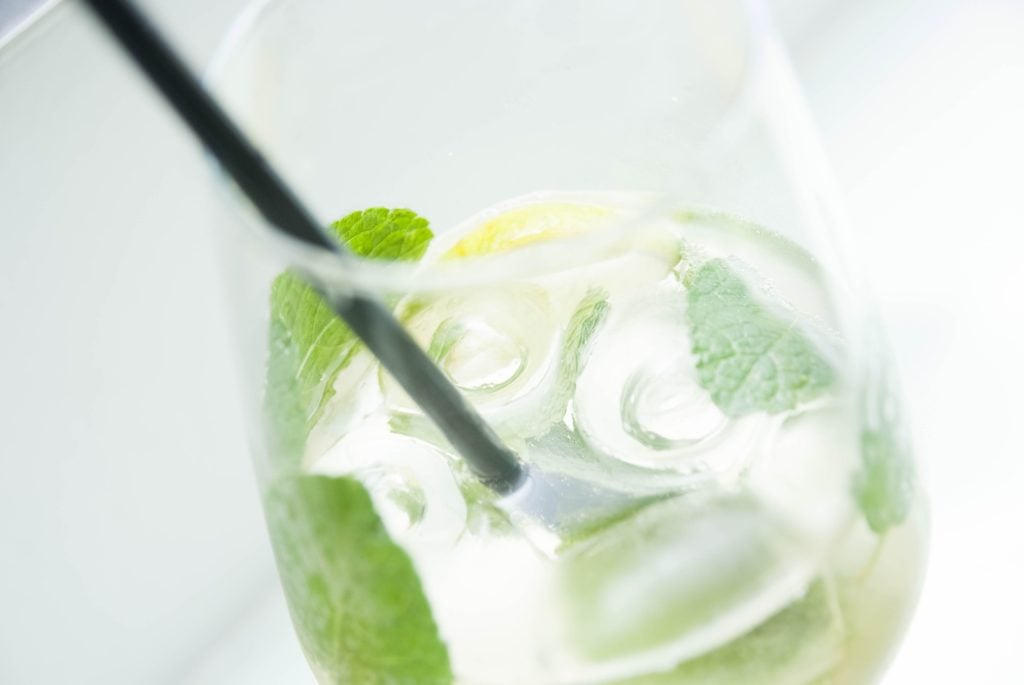
A Hugo cocktail. Photo: Greta Farnedi/Unsplash
The Hugo is a cocktail made of Prosecco, elderflower syrup, mint leaves, a shot of mineral water and a slice of lime.
This refreshing alcoholic drink was invented by Roland Gruber, a bartender in South Tyrol, the mainly German-speaking region of northern Italy in 2005.
Though the drink wasn't invented in Germany, it quickly spread across the borders of northern Italy and gained popularity here. Nowadays, you'll be able to order a Hugo in pretty much any bar in the country.
Radler
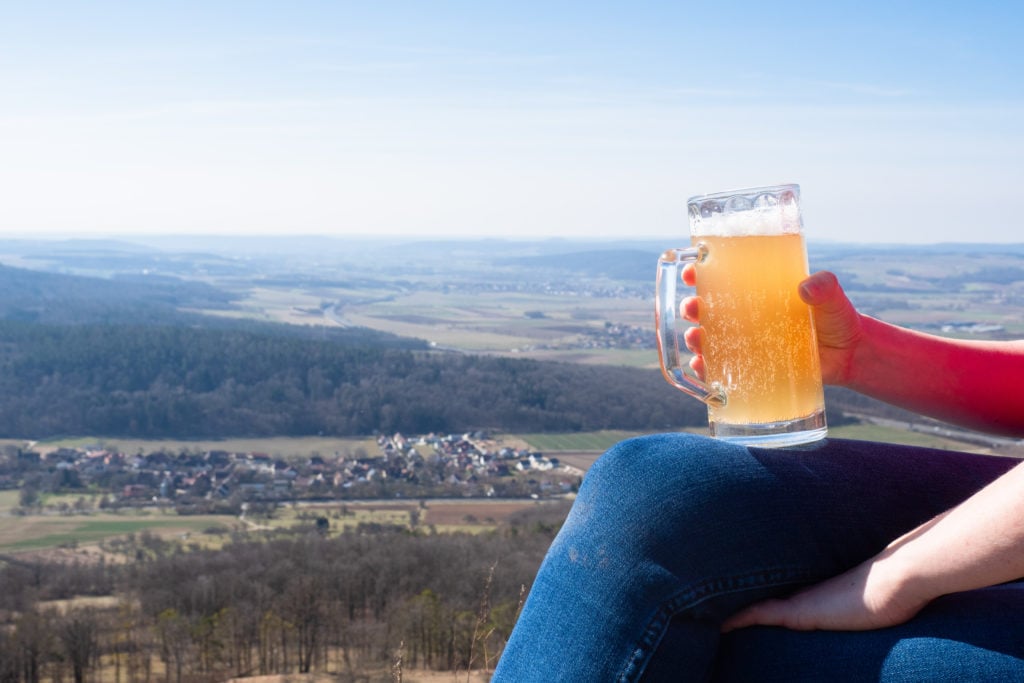
A woman holds a pint of Radler. Photo: picture alliance/dpa | Nicolas Armer
One of the best-known and most popular mixed beer drinks is the Radler: a concoction of beer and lemonade, a bit like a British shandy. In some areas of Germany - particularly in the south - the mixture is called Alster.
Usually, the ratio is 60 percent beer and 40 percent lemonade, but there are also some interesting variants. In some regions of Germany, a distinction is made between sweet (with lemonade) and sour (with water) Radler. Some foolhardy drinkers even mix their beer with cola (called a diesel).
READ ALSO: EXPLAINED: The German regions producing the most important beer ingredient
Apfelschorle
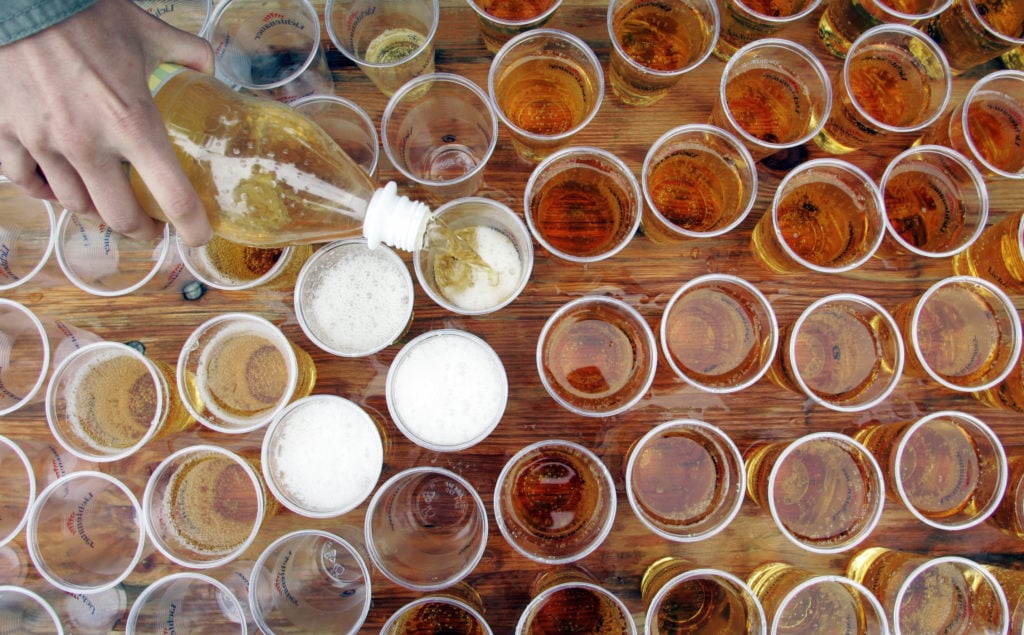
A woman pours apple spritz into plastic cups. Photo: picture alliance / dpa | Soeren Stache
Apfelschorle is an absolute German classic.
The traditional mix of apple juice and fizzy water is a 1:1 ratio, but if you're making the drink at home you can adjust the measurements to your liking.
The concept of Saftschorle (fruit spritzer) has moved way beyond the plain old apple in Germany though. On Supermarket shelves, you'll find major drinks chains offering a wide variety of fizzy fruit beverages, including Rhabarbe-Schorle (Rhubarb spritz), Schwarze Johannisbeer-Schorle (Black currant spritz) and Holunderschorle (elderberry spritz).
Berliner Weiße mit Schuss
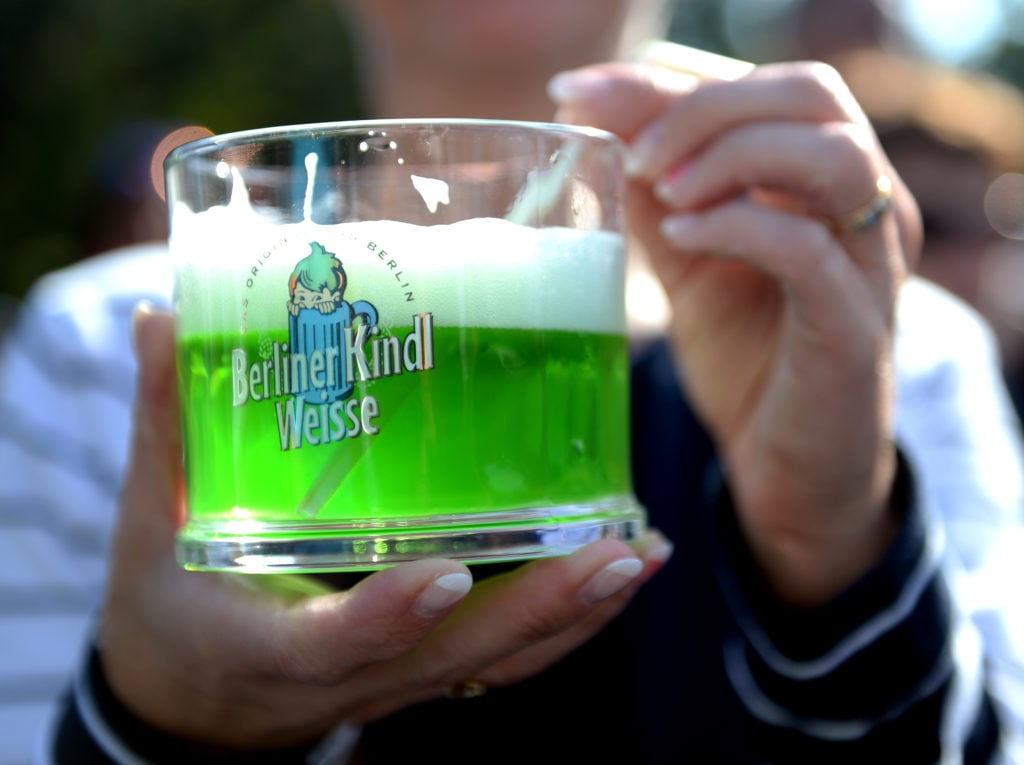
A woman drinks a Berliner Weiße in Berlin. Photo: picture alliance / dpa | Britta Pedersen
The Berliner Weiße (or Weisse) is an old, German beer, brewed with barley and wheat malt.
As the name suggests, it originates from the German capital, where it was extremely popular in the 19th century and was celebrated as the "Champagne of the North".
But by the end of the 19th century, sour beer styles, including this one, became increasingly unpopular and they almost died out completely.
READ ALSO: Five German foods that aren’t what you think they are
So people started mixing the drink with sweet syrup. This gave rise to the trend of drinking Berliner Weissbier with a shot (Schuss) of raspberry or woodruff syrup, which is still widely enjoyed today. Some breweries even ferment fruits such as raspberries or strawberries.
The drink is so well-known in Germany, that there was even a TV series named after it which ran for 10 years 1984 to 1995.
Weinschorle
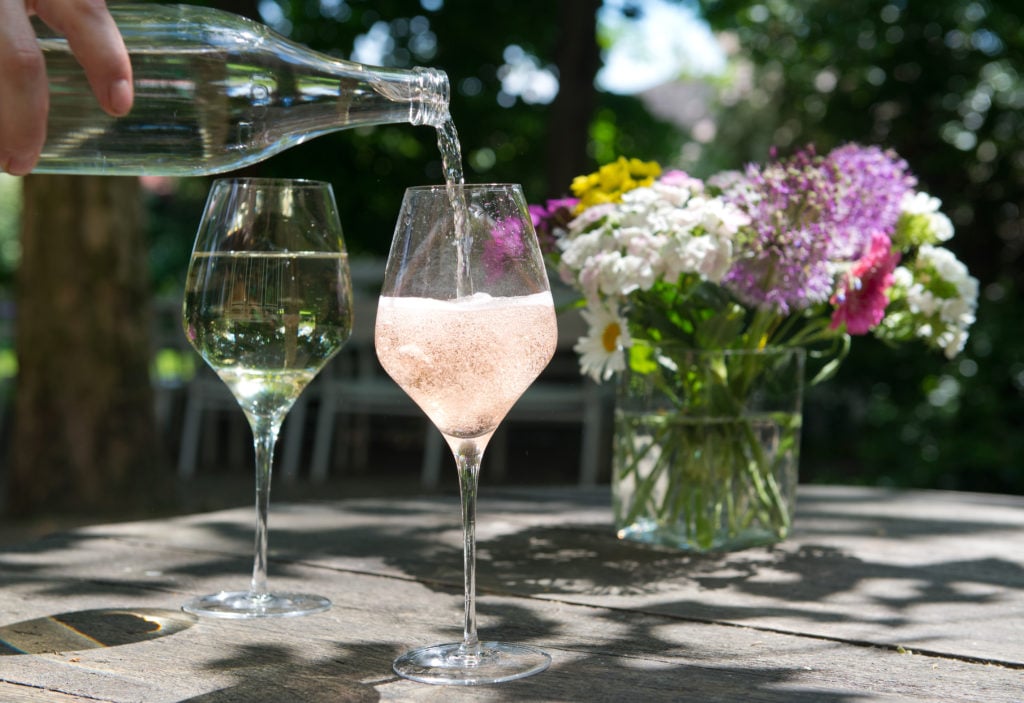
Water and wine in equal parts and both well chilled - a light summer drink. Photo: picture alliance / dpa-tmn | DWI
Another fizzy-water-based German classic is the white wine spritz.
A wine spritzer is a refreshing drink on warm summer days which has the advantage of not going to your head as quickly as a regular glass of wine. With equal parts fizzy water and wine, the drink has only about 5-6 percent alcohol, compared to glass of pure white wine, which has about 9-14 percent.
For optimum German-ness when making this drink at home, choose a German white wine such as Müller-Thurgau, Silvaner or Riesling.
Enjoy and drink responsibly!
Comments
See Also
Summertime in Germany can get pretty hot, but thankfully there are plenty of popular drinks which can help you cool down, as well as tickle the tastebuds.
In Germany, fizzy water is wildly popular, so it's not surprising that Sprudel is a key ingredient in most of the drinks on this list.
Hugo

The Hugo is a cocktail made of Prosecco, elderflower syrup, mint leaves, a shot of mineral water and a slice of lime.
This refreshing alcoholic drink was invented by Roland Gruber, a bartender in South Tyrol, the mainly German-speaking region of northern Italy in 2005.
Though the drink wasn't invented in Germany, it quickly spread across the borders of northern Italy and gained popularity here. Nowadays, you'll be able to order a Hugo in pretty much any bar in the country.
Radler

One of the best-known and most popular mixed beer drinks is the Radler: a concoction of beer and lemonade, a bit like a British shandy. In some areas of Germany - particularly in the south - the mixture is called Alster.
Usually, the ratio is 60 percent beer and 40 percent lemonade, but there are also some interesting variants. In some regions of Germany, a distinction is made between sweet (with lemonade) and sour (with water) Radler. Some foolhardy drinkers even mix their beer with cola (called a diesel).
READ ALSO: EXPLAINED: The German regions producing the most important beer ingredient
Apfelschorle

Apfelschorle is an absolute German classic.
The traditional mix of apple juice and fizzy water is a 1:1 ratio, but if you're making the drink at home you can adjust the measurements to your liking.
The concept of Saftschorle (fruit spritzer) has moved way beyond the plain old apple in Germany though. On Supermarket shelves, you'll find major drinks chains offering a wide variety of fizzy fruit beverages, including Rhabarbe-Schorle (Rhubarb spritz), Schwarze Johannisbeer-Schorle (Black currant spritz) and Holunderschorle (elderberry spritz).
Berliner Weiße mit Schuss

The Berliner Weiße (or Weisse) is an old, German beer, brewed with barley and wheat malt.
As the name suggests, it originates from the German capital, where it was extremely popular in the 19th century and was celebrated as the "Champagne of the North".
But by the end of the 19th century, sour beer styles, including this one, became increasingly unpopular and they almost died out completely.
READ ALSO: Five German foods that aren’t what you think they are
So people started mixing the drink with sweet syrup. This gave rise to the trend of drinking Berliner Weissbier with a shot (Schuss) of raspberry or woodruff syrup, which is still widely enjoyed today. Some breweries even ferment fruits such as raspberries or strawberries.
The drink is so well-known in Germany, that there was even a TV series named after it which ran for 10 years 1984 to 1995.
Weinschorle

Another fizzy-water-based German classic is the white wine spritz.
A wine spritzer is a refreshing drink on warm summer days which has the advantage of not going to your head as quickly as a regular glass of wine. With equal parts fizzy water and wine, the drink has only about 5-6 percent alcohol, compared to glass of pure white wine, which has about 9-14 percent.
For optimum German-ness when making this drink at home, choose a German white wine such as Müller-Thurgau, Silvaner or Riesling.
Enjoy and drink responsibly!
Join the conversation in our comments section below. Share your own views and experience and if you have a question or suggestion for our journalists then email us at [email protected].
Please keep comments civil, constructive and on topic – and make sure to read our terms of use before getting involved.
Please log in here to leave a comment.